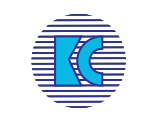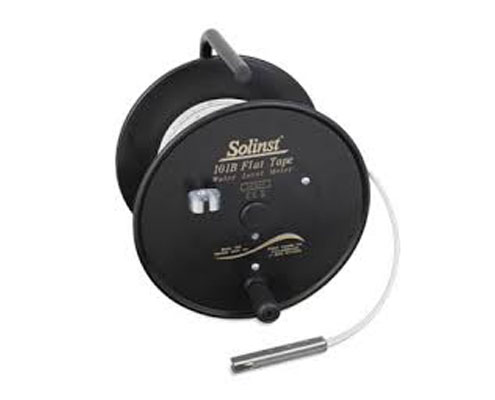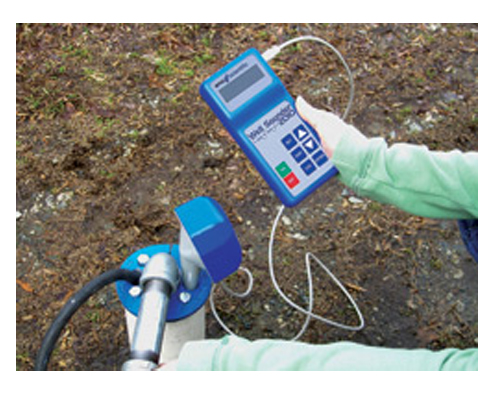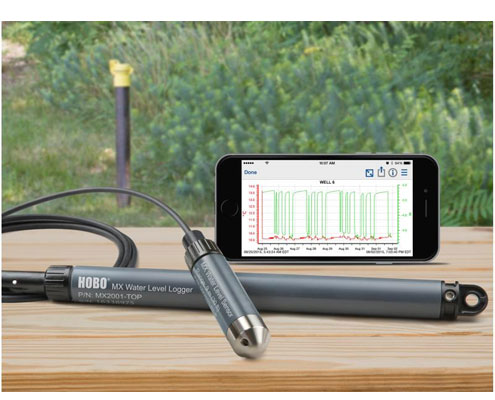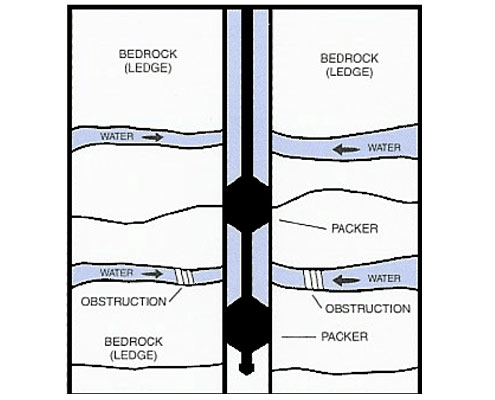“When the well is dry, we learn the worth of water.” – Anonymous
Well Monitoring
Camera Inspections
The camera housing is made of ACRYLIC PIPE FOR MORE CLARITY OF CAMERA and is precisely sealed to prevents condensation and water intrusion. The LED lights are specially designed long-life and it makes the camera images so clear that you can find it satisfactory. The resolution is 410,000 pixels. You can watch the down hole images which are sent to the surface unit by the camera in real time and the video data are recorded to disk in a standard video file on the notebook.
Seasonal/Continuous Water level monitoring:
Water table undergoes a seasonal fluctuation following a natural cycle. Water table rises during rainy season due to recharge received from rainfall and falls back during summer season due to lack of recharge and continuing extraction of groundwater. In geohydrology, the highest water level is referred to as the post-monsoon water level and the lowest level in summer as pre-monsoon water level. Quantum of water being received by an aquifer from annual recharge can be computed from the annual ground water fluctuation in conjunction with estimated groundwater extraction in that area.
The prime cause of over-exploitation is the rising demand for groundwater. An aquifer is said to be over-exploited when the annual groundwater extraction is higher than the annual recharge. For sustainable utilization of groundwater, only that much water should be extracted which is replenished every year by rainfall through groundwater recharge. To achieve this, we must either reduce our groundwater extraction (demand side management) or increase recharge to the extent possible by adapting artificial recharge measures (supply side management). Else, the groundwater table will continue to fall leading to an unprecedented situation.
Drawdown / Recuperation tests:
Step draw down tests are tests at different pumping rates designed to determine well efficiency. In a step-drawdown test, the discharge rate in the pumping well is increased from an initially low constant rate through a sequence of pumping intervals (steps) of progressively higher constant rates. Each step is typically of equal duration, lasting from approximately 30 minutes to 2 hours. Each step should be of sufficient duration to allow dissipation of wellbore storage effects.
The recovery test is not strictly a pumping test, because it involves monitoring the recovery of the water level after the pump has been switched off. Recovery tests are valuable for several reasons:
- They provide a useful check on the aquifer characteristics derived from pumping tests, for very little extra effort – just extending the monitoring period after the pump has been switched off.
- The start of the test is relatively ‘clean.’ In practice, the start of a constant-rate test, for example, rarely achieves a clean jump from no pumping to the chosen pumping rate. Switching a pump off is usually much easier than starting a pump, and the jump from a constant pumping rate to no pumping can be achieved fairly cleanly.
- Similarly, recovery smoothes out small changes in the pumping rate that occurred during the pumping phase, and there is no problem with well losses from turbulent flow. This results in more reliable estimates of aquifer properties when the recovery data are analysed.
- The water levels in the borehole are easier to measure accurately in the absence of turbulence caused by the pumping (especially in the early stages of the test, when water levels are changing quickly). Some people find that it is easier to take readings quickly with a dipper when the water level is rising than when it is falling.
- Recovery tests represent a good option for testing operational boreholes that have already been pumping at a constant rate for extended periods. In these cases, the recovery test can be performed when the pumps are first switched off, followed by a constant discharge test when the pumps are switched back on again.
